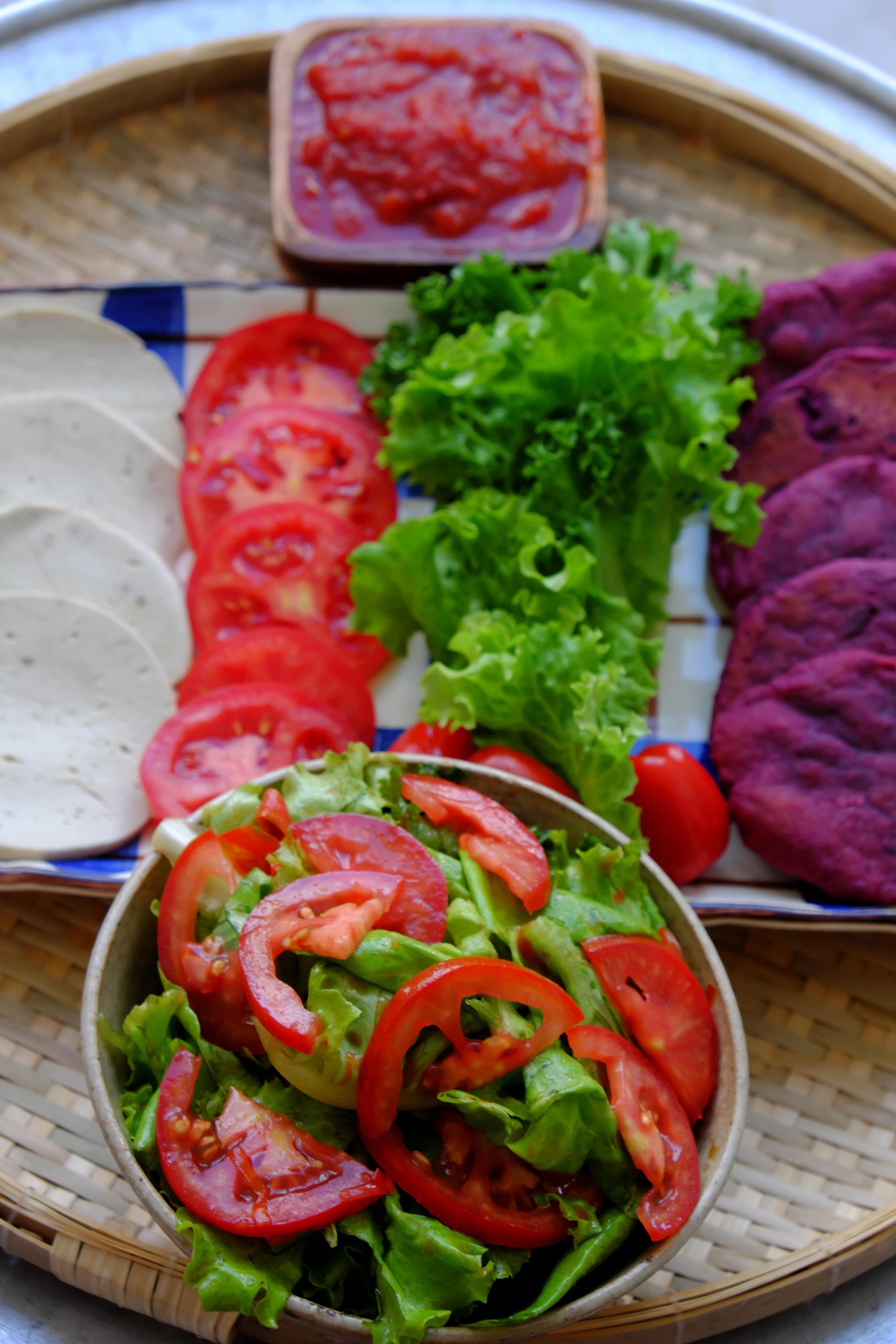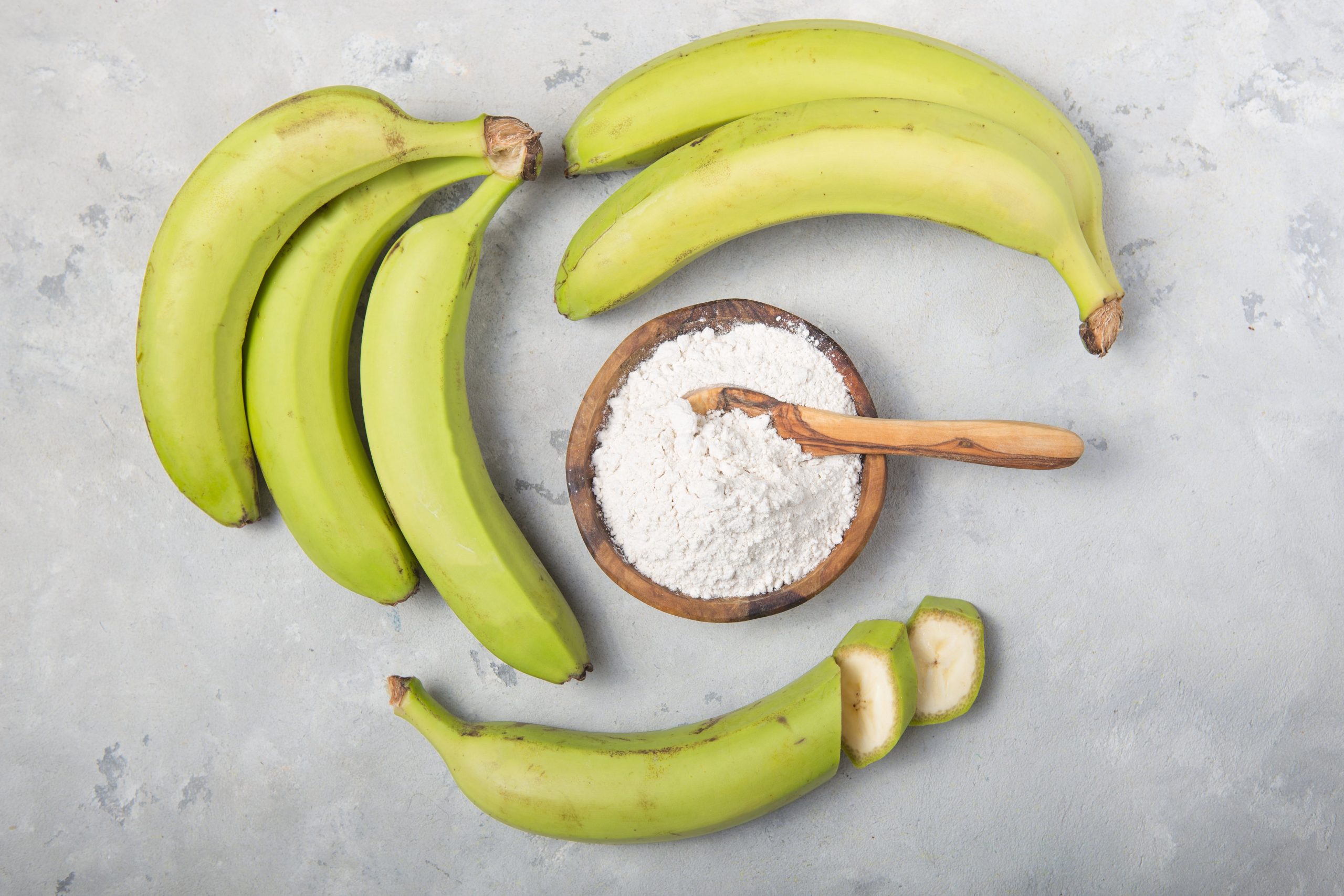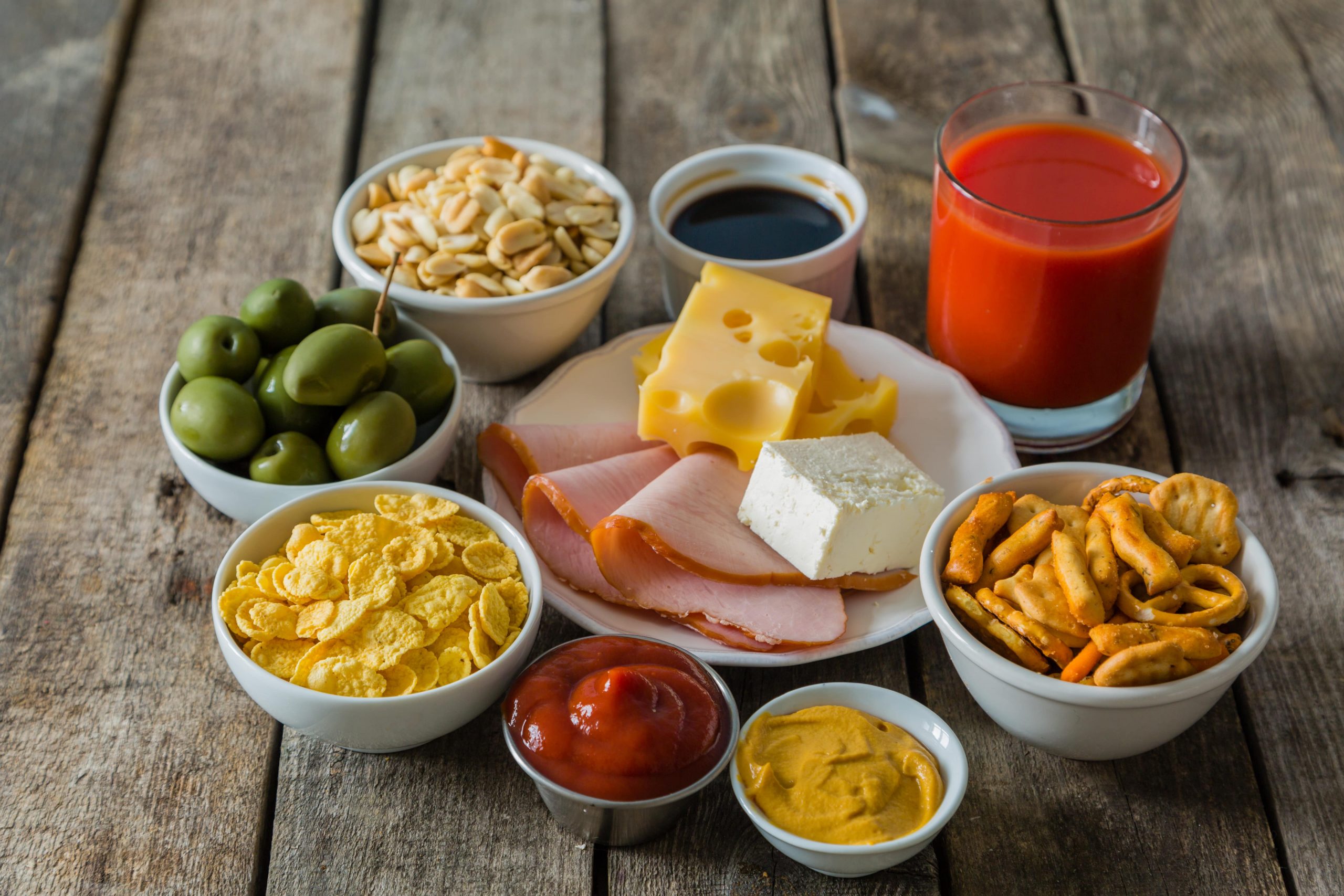Starch belongs to a carbohydratefamily called polysaccharides andcomprises numerous glucose units joined by glucosidic bonds.Most green plants make this polysaccharide for energy storage. It isalsothe most prevalent carbohydrate in human dietsgloballyand is contained in large amounts in staple foods like potatoes, wheat, cassava, rice, and maize. Starchy foods are also excellent energysources.
Starch isa dominant carbohydrate and a vital source of energy for variouspeople. It is available in various sources, including root vegetables and cereal grains. These sourcesare categorized as complex carbohydrates because they comprise severalcombined sugar molecules. Carbohydrates are alsosplit into three main classes: sugar, fiber, and starch. Earlier, complex carbs were categorized as healthier choices since whole-food starches slowly discharge sugar into the blood instead of causing blood sugar amounts to increase rapidly.Since everyone requires starch for energy, it is vital to list these energy-giving foods due to increased demand in society makes. Therefore, this article will outline foods rich in starch.
White Flour (68%)
Whole-grain wheat comprises three key components; bran (theouter layer), the germ (the grain’s reproductive part), and the endosperm (thefood supplier). White flour is produced by stripping whole wheat of its germ and bran, loaded with nutrients and fiber, and usingjust the endosperm, pulverized into white flour. The endospermis generally low in nutrients and mostly has empty calories. Additionally, it gives white flour a high starch content. One cup (120 grams) of white flour has 81.6 grams of starch or 68% by weight.
Millet Flour (70%)
Millet flour is derived from grinding the millet seeds, a group of very nutritious ancient grains. One cup (119 grams) of millet has 83 grams of starch or 70% by weight. Millet flour is also naturally gluten-free and rich in magnesium, manganese, phosphorus, and selenium. Pearl millet is the most largely grown milletvariety. While pearl millet is very nutritious, there are pieces of evidence that it may interfere with thyroid function. However, the effects on humans are unclear; hence, more studies are needed.
Cornmeal (74%)
Cornmeal is a coarse flour produced by grinding dried corn kernels. It is normally gluten-free; hence, safefor consumption by celiac disease patients. Cornmeal also has fewer nutrients but is rich in carbs and starch. A single cup (159g) comprises 126g of carbs, where 117g (74 percent) is starch. When selecting cornmeal, choose the whole-grain instead of the degermed variety since degerming cornmeal leads to the loss of some nutrients and fiber.
Pretzels (71.3%)
Pretzels are a common snack high in refined starch. A standard serving of ten pretzel twists (60 grams) has 42.8 grams of starch or 71.3% by weight. Unfortunately, pretzels are usually made with refined wheat flour, whichmay cause blood sugar increment and leave you hungry and exhausted. Vitally, consistent blood sugar elevation may lower your body’s potential to lower iteffectively and lead to type 2 diabetes.
Rice Krispies Cereals (72.1%)
Theseare common cereals composed of crisped rice and consist of sugar paste and puffed riceincrispy rice shapes. Rice Krispies cereal is fortified with minerals and vitamins. A 1-ounce or 28-gram serving comprises 20.2g of starch or 72.1% by weight andhas at least one-third of the daily need for riboflavin, iron, thiamine, folate, vitamins B12 and B6. Rice Krispies are largely manufactured and incredibly rich in starch. Consider selecting a healthier breakfast choice if rice Krispies are stapled in your household.
Sorghum Flour (68%)
Sorghum is ahealthy ancient grain groundedto produce flour. A single cup or 121 grams of sorghum flour has 82 grams of starch or 68% byweight. While it is rich in starch, sorghum flour is a much better option than many flour varieties. It is also gluten-free anda perfect source of fiber and protein. A single cup carries 8 gramsof fiber and 10.2 grams of protein. Research also reveals that sorghum is rich in antioxidants that canhelp lower blood cholesterol, insulin sensitivity, andanti-cancer properties.
Oats (57.9%)
Oats consist of the healthiest consumable grains andoffer an appreciable quantity of protein, fat, and fiber. Besides, they have various minerals and vitamins, qualifying themto be an ideal option for a nutritious breakfast. Moreover, research has found that oats can assist in shedding weight, lowering blood sugar amounts, and minimizing your chances of heart illness. Although they are among the healthiest foods and a perfect complement to your dish, they are also rich in starch. A single cup of oats or 81 grams has 46.9 grams of starch or 57.9% by weight.
Instant Noodles (56%)
Instant noodles are common convenient foods since they are easy to prepare and cheap. They are alsogreatlyrefined,rich in carbs and fats, but poor in nutrients. For example, a single packet has 13.4 grams of fat and 54 grams of carbs. Mostcarbs derived from instant noodles result from starch. Apacket comprises 47.7 grams or 56%by weight.Studies revealed that individuals who take instant noodles more than twice every week have a greater risk of diabetes, metabolic syndrome, and heart disease.
Rice (28.7%)
Rice is an incredibly popular staple food consumed worldwide and is rich in starch, particularly when uncooked. For example, 3.5 ounces or 100 grams of uncooked rice comprise 80.4 grams of carbohydrate, where 63.6%is starch. However, the starch composition lowers dramaticallywhen the rice is cooked. Moreover, starch molecules engulf water and swell when exposed to water and heat. Theswelling overcomes the forces between starch molecules via a process known as gelatinization. Thus, 3.5 ounces of already cooked rice has 28.7%starch since cooked rice contains much water.
Conclusion
Today, foodsrich in starch aregreatly processed and deprived of their vital nutrients and fiber. These dishes include bagels, wheat flour, cornmeal, and refined wheat flour and are associated with increased risksof heart disease, diabetes, andweight gain. To sustain a healthy diet, focus on lowering these foods, especially if you have diabetes orprediabetes since your bodycannot efficiently eliminate sugar from the blood. However, whole foods like potatoes, oats, and sorghum flour are rich infiber and may compriseminerals and vitamins.
- Chickpeas vs. Garbanzo Beans: What’s the Difference? - April 19, 2024
- How to Manage or Improve Anxiety - September 21, 2023
- The birth of a company - July 29, 2023








